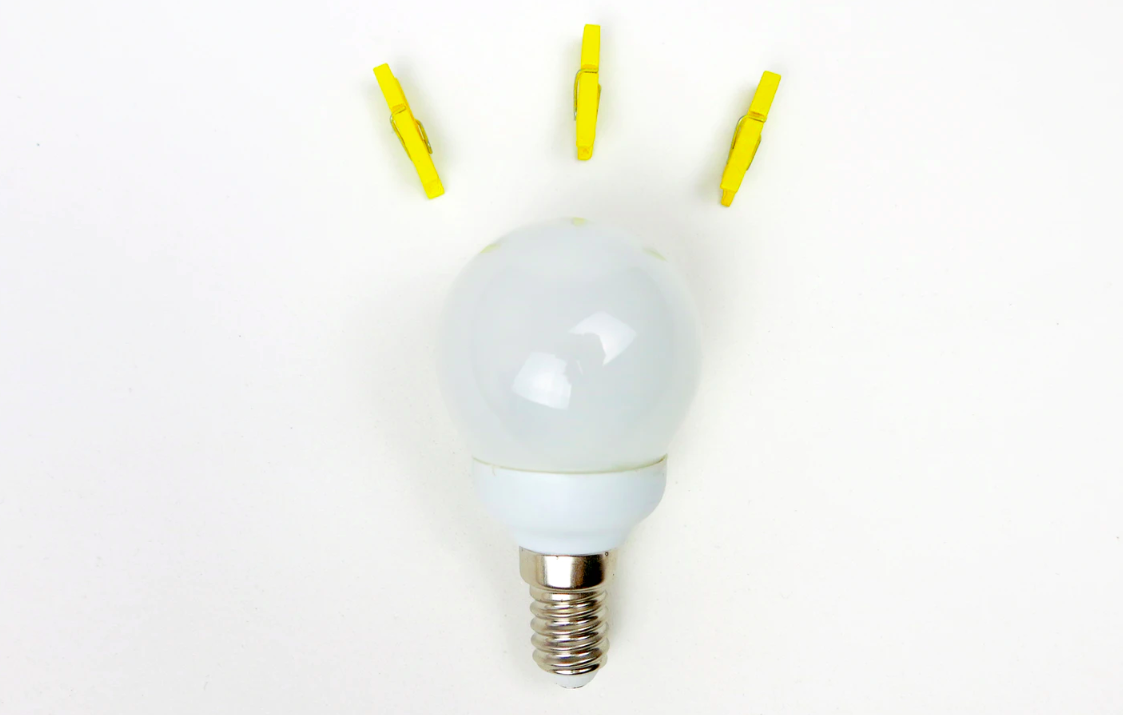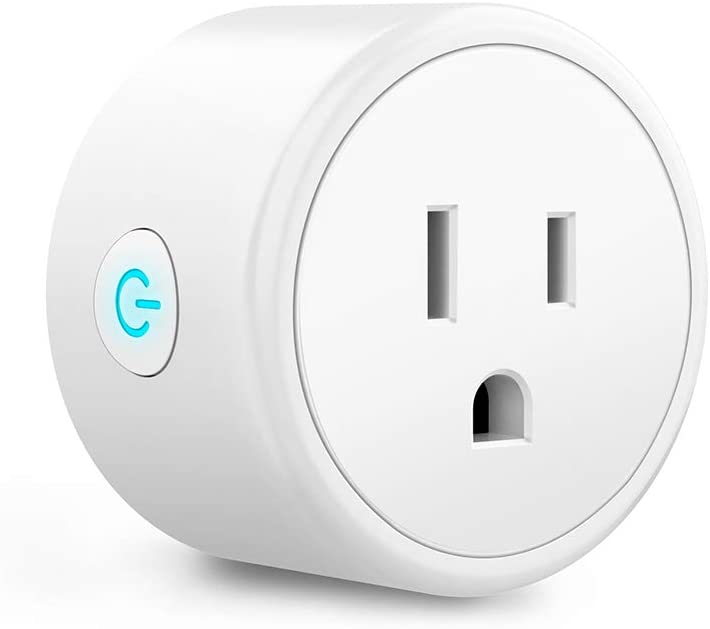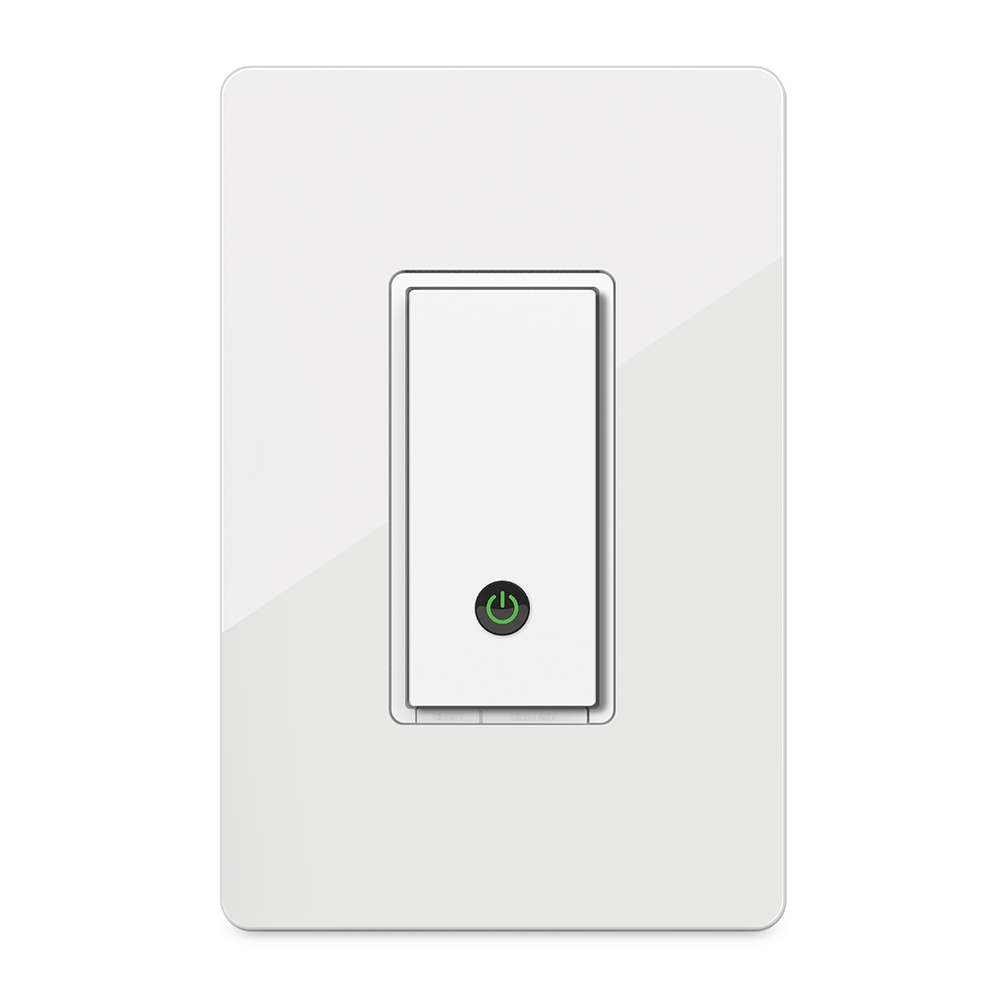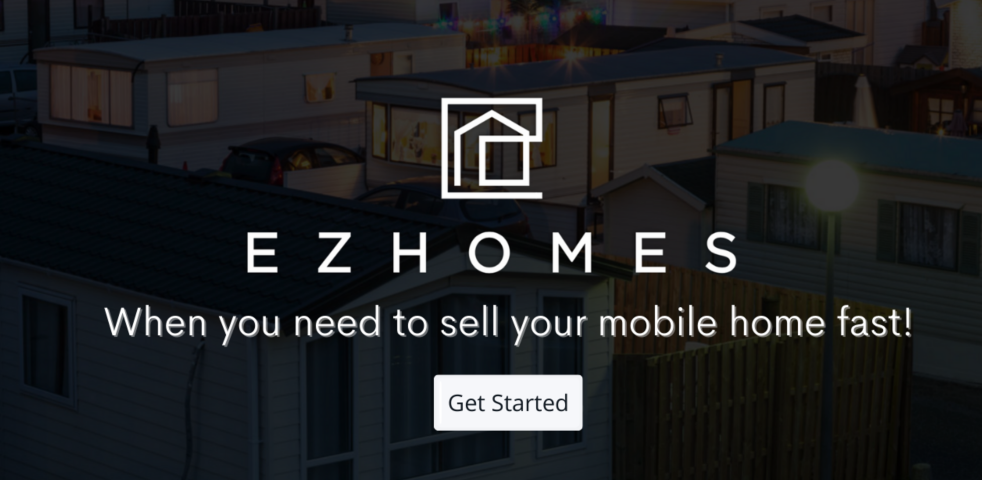All around us, devices seem to be becoming more intelligent, and that includes your lighting. Smart lights give you far more options to personalize and style your home, and they can have practical value, too. A big plus is that you will often be able to DIY the setup.

If you’re ready to change things up, take a look at this guide to learn everything you need to know to install smart lighting in your mobile home.
Types of smart lighting
First, it’s necessary to look at the different types of smart lighting that are available on the market. This will help you to make the right purchasing decision for your household and preferences.
These products primarily differ according to their features and capabilities. But how you can control and regulate them may also differ.
Smart lights use light-emitting diodes (LEDs), as most standard lights do today. On top of this, they work with various technologies, which explains why they are costlier than normal bulbs.
However, they can help you save money in the long run as they usually use less energy and last far longer.
Overall, there are hundreds of options for smart lighting, with many more appearing every day. But here are some of the main options.
Smart switches
Arguably, one of the most common setups is smart switches. Usually, you can use them with any type of bulbs or light fixtures, so there is no need to replace the appliances themselves. You will only swap out the switch and…voilà!
All in all, this is probably the option that is the quickest to get used too. You will still control the light from the wall. Plus, this option offers all kinds of features, from dimming controls to pop out remotes.
Note that for this option, installation can be more intensive. And it is generally a more permanent and long-term solution as well.
Smart bulbs
On the other hand, you can invest in smart bulbs. You can normally plug them into your existing fittings and then control them via an app or other device.
The most popular ways to manage smart bulbs include the following:
- Wi-Fi on your mobile device or computer
- Bluetooth
- Voice control (for example, through Amazon Alexa)
- Motion control and sensing
- A proprietary hub.
You need to choose carefully between the different options as each of them will work better under different circumstances.
For example, Wi-Fi operated lights are best if you only want to install a couple of them. Otherwise, the bulbs might completely overwhelm your internet connection.
On top of this, you want to pay attention to the ease of use of the application or feature. In some cases, you might need the help of a tech geek to start up the system.
One nifty feature of many applications is that they allow you to divide your lights into groups that you can control remotely.
Smart plugs
Another option is to install smart plugs. This is essentially an adapter that you can plug into any outlet. Then you connect your lights to the adapter. For this reason, it will primarily work with lamps or other freestanding fixtures.
The setup for this is simple and quick. And is a great choice if you’re looking for a starter setup that will only set you back a couple of bucks. However, they usually do have many fewer features available.
But that doesn’t mean they can only turn on and off. Many of these have nifty extra features that you can play around with.
One of the most common features is a timer which can switch the lights on and off automatically. This can be especially handy if you return home from work or elsewhere at night. Many people use this specifically as an “away” mode so that it looks like someone is at home even when no one is.
Color, brightness, and temperature
Besides the above, smart bulbs can differ quite widely in terms of their color, brightness, and temperature.
So it’s important that you carefully study the range of options before buying the product.
The first thing you need to know is that the brightness of a bulb is measured in lumens, not watts. So this is what you should keep your eye on. Watts only refers to the energy usage of the light in question.
The temperature of the bulb affects the color of the light that it produces. Low-temperature fixtures produce warm-whites. These generally have the most relaxing and calming effect. The higher the temperature gets, the “cooler” is its colors.
Therefore, medium temperature bulbs create neutral-white tones, and higher temperature bulbs produce cool-white ones.
How to install smart lighting
Let’s look at the installation process for each type of smart lighting in a bit more detail.
DIY smart bulb installation
1 – Turn off the light fixture at the wall switch. You should also turn off the power supply at your home’s breaker.
2 – Wait several minutes for the bulb to cool down.
3 – Remove the existing bulb.
4 – Install your new smart light.
5 – Turn the power back on.
6 – Refer to the manufacturer’s instructions on how to connect with and control the lights.
DIY smart plug installation
1 – Turn off the outlet.
2 – Unplug the lamp or fixture from the outlet.
3 – Plug in your new smart adapter.
4 – Next, plug the lamp into the outlet.
5 – Turn on the power supply.
6 – Adjust and customize the light to suit your preference.
DIY smart switches installation
1 – Make sure that you buy a smart switch that matches the existing hole in the wall as well as the wiring setup.
2 – Turn off the power at the breaker.
3 – Remove the old light switch and disconnect each of the wires. Mark the wires with tape so that you can remember which one goes where.
4 – Now, you can connect the wires with your new smart switch. Double-check that you match the correct cables. You should connect the “in” wire with the “in” wire and so forth.
5 – Use a connector to secure the cables and make sure that they are well insulated. There shouldn’t be any metal sticking out.
6 – Test the connections by turning on the power. If it’s not working, make sure that the connections are properly set up. But if everything is working as it should, you can move on.
7 – Turn off the power at the breaker again. Place the wires into the wall box with care. Try not to force or squeeze them in as you might damage them in the process. Once that is done, you can screw the switch to the wall and install the wall plate before turning on the power.
8 – If applicable, follow the manufacturer’s instructions to connect the switch to your Wi-Fi or devices.
Smart lighting by room
There isn’t a one-fits-all type of lighting solution for every room in your mobile home. Instead, you need to suit the lighting to the purpose, desired atmosphere, and decor of the space.
Smart lighting for your bedroom
Preferably, you want to create a bedroom that helps you to drift off to sleep and get high-quality rest when you do. It should be a sanctuary that makes you feel calm and relaxed as soon as you enter.
Unfortunately, many people don’t know that lighting plays a crucial role in this, particularly the lighting’s color tones.
You’ve probably heard that taking a phone to bed is bad for your sleep?
That’s because phones produce blue light waves. These cause your brain to emit serotonin, which is great if you want to be awake and alert. But it’s not so great if you want to sleep.
Instead, you want to use bulbs that help you emit melatonin. Generally, these are lower temperature lights that have warmer colors. Therefore, we recommend that you choose smart lights that fall somewhere in the 300 to 400 lumens per square meter range – and have a temperature between 2,700-3,000K (Kelvin).
For this reason, it can be handy to install lighting with a dimmer so that you can adjust it around bedtime but turn it up when necessary. You can also use switches or plugs with an automatic timer.
Smart lighting for your bathroom
The lighting can be a bit trickier for a bathroom. On the one hand, you will want to have bright, cool lights to help you get ready in the morning. This can help you to wake up and feel more alert.
In this case, smart lights with a brightness range of 4,000 to 8,000 lumens and a color temperature between 3,000-5,000K should fit the bill.
However, this can be too bright when you need to visit your restroom at night.
One idea is to use smart lighting that you control with dimmer switch so that you can adjust the brightness and color.
Another is to use one set of lights during the day. And to install a set of low-temperature and low-brightness lights that use motion sensors if you need to visit the bathroom at night.
Smart lighting for your living room
As with your bedroom, the living room is usually a place where you want to chill and relax. So you definitely want to have the option to reduce the brightness and color temperature of the bulbs.
Therefore, lights with 1,500 to 3,000 lumens and with 2,200-3,000K color temperature are preferable.
But what about the controls?
Smart lighting in the living room will work perfectly with voice control. For example, it will work with Amazon’s Alexa so that you can adjust it while sitting. Lighting that can be controlled via mobile apps will also be an easy solution – turning your couch into a command center.
Smart lighting for your kitchen
Generally, people mostly use their kitchens as a workspace to prepare food. Therefore, it’s one of the rare rooms in your mobile home where bulbs with higher color temperatures and cooler colors will be beneficial.
You want to be able to see what you are doing. And a well-lit kitchen always looks cleaner and more inviting.
However, there are some exceptions. For example, if you have a combined kitchen and dining room, you might want the lights over the table to create a more relaxed atmosphere.
Yet, for most of the space, a color temperature of 2,700-5,000K and a brightness of 4,000-8,000 lumens will work well.
We recommend that you get a smart lighting system for your kitchen that allows you to independently manage the different bulbs.
Smart lighting for your office

If you plan to work from home, setting up some kind of home office is essential.
Your goal here will be to help boost your productivity and keep yourself focused on the job at hand. Ideally, you want to use smart bulbs which emit cool colors and range between a color temperature of 3,000-5,000K,
You also don’t want to strain your eyes as you work, so a high brightness is crucial. Somewhere between 3,000 and 6,000 lumens should be suitable.
Overall, some of the best smart lighting options for home offices are ones that you can control remotely with an app. An option like this will allow you to sit at your desk and adjust the brightness of the bulbs to suit the specific task you’re working on. Plus, you can adjust the lighting according to the time of day, too.
Smart lighting for outside
Significantly, you can also use smart lighting technology to create an improved experience outside your mobile home. It’s easy to neglect your outdoor lighting. However, neglecting it can potentially be a major safety risk.
Walking outside at night can be hazardous. You won’t be able to see as well as you would during the day, so the risk of tripping over obstacles or slipping on wet patches is much higher. This is where smart lighting can really shine.
You can use bulbs, switches, or plugs with a timer so that the lights turn on and off at the same time every day.
But light conditions can vary widely, especially as the seasons or the weather conditions change. Therefore, using smart lighting with light sensors can actually be a great solution. That allows you to set the bulbs to turn on and off at certain light levels instead of setting them based on time alone.
While preventing bumps and scrapes from stumbling in the dark is certainly useful, that is not the only way that smart lighting can help to keep you and your family safe. Outdoor lights can be an effective security measure against robberies and other crimes.
For example, light fixtures with motion sensors can alert you if anyone enters your yard.
The brightness and color that you should look for here depend largely on your preference.
However, as a general rule of thumb, if you want to create DIY safety and security measures, you should go for brighter, cooler lights. But if you are rather looking to illuminate your outdoor area to create an enjoyable atmosphere, you should go for warmer colors.
Putting a new spin on interior decor
Innovations in technology are changing how we live almost every second of our lives. And that includes changing how people can maintain and style their mobile homes. From smart lighting to apps that help to make decorating easier, there have never been so many options.
Once you have a solid plan for revamping your mobile home’s lighting, it’s time to tackle other renovation projects around the house. If you’re an avid DIYer, you’ll want to check out the ultimate guide of 30 things you can DIY around your mobile home.




